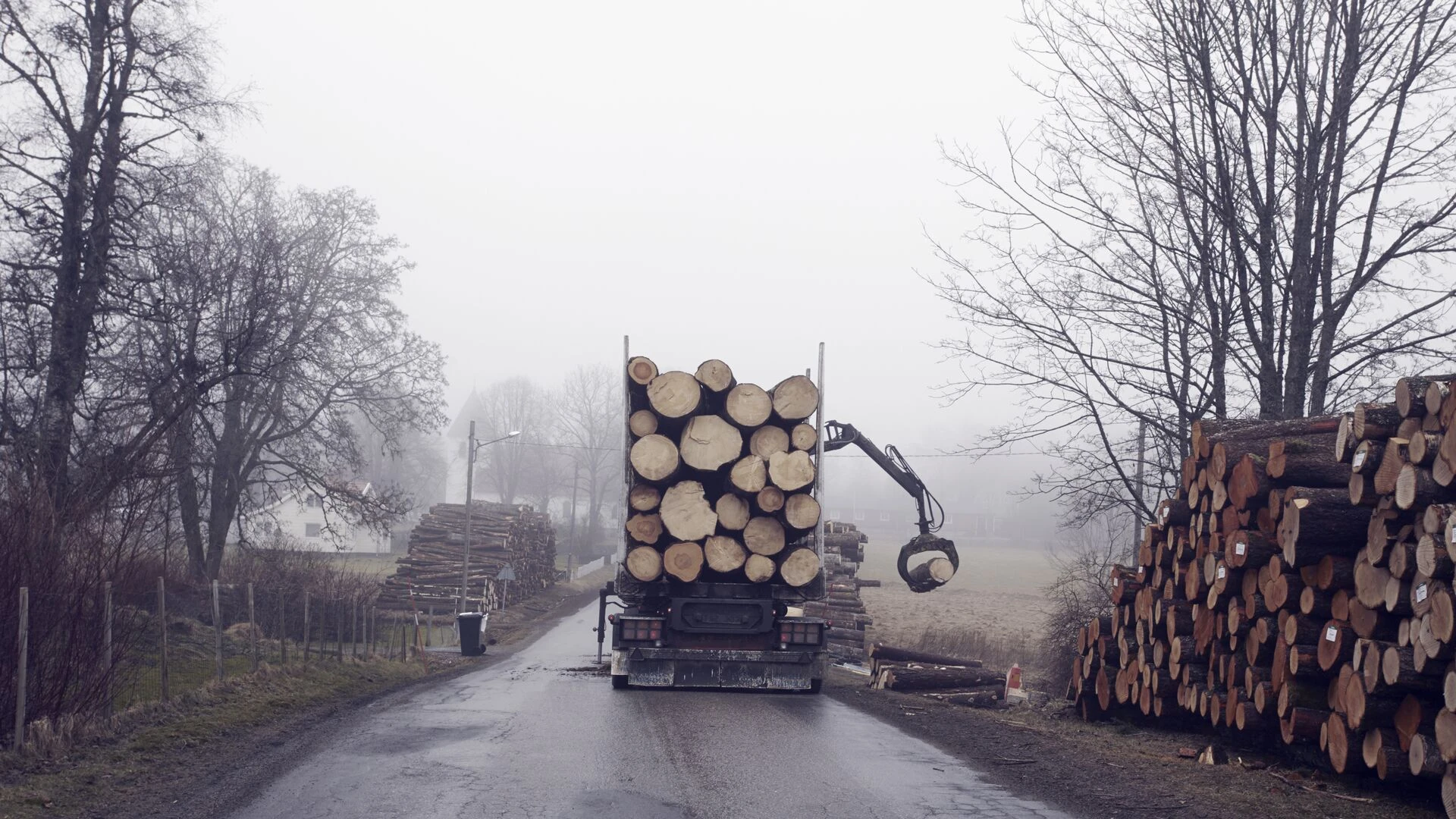Key regulations shaping Nordic forestry
The ”Fit for 55” Package is a set of laws across all sectors of the EU’s economy designed to reduce net greenhouse gas emissions by at least 55% by 2030.
The Emissions Trading System (ETS) is a “cap-and-trade” mechanism that sets limits on greenhouse gas emissions for specific sectors and incentivises decarbonisation. The ETS is one of the components under the Fit for 55 Package.
The Effort Sharing Regulation (ESR) creates binding greenhouse emission gas targets for member states from 2021 to 2030. The ESR is another component of the Fit for 55 Package.
The Land Use, Land Use-Change, and Forestry (LULUCF) regulation covers greenhouse gas emissions and carbon removals from land use and land-use change activities. LULUCF is another component of the Fit for 55 Package.
The Renewable Energy Directive (RED) sets renewable energy goals for the EU. In the context of forestry, it gives clear requirements for forest-based renewable energy to fulfil the directive. RED is another component of the Fit for 55 Package.
The European Deforestation Regulation (EUDR) mandates that companies using forest-derived resources must provide geospatial data and conduct proper due diligence to place products on the EU market.
The Clean Industrial Deal is a roadmap developed by the European Commission to improve EU competitiveness and accelerate decarbonisation.


